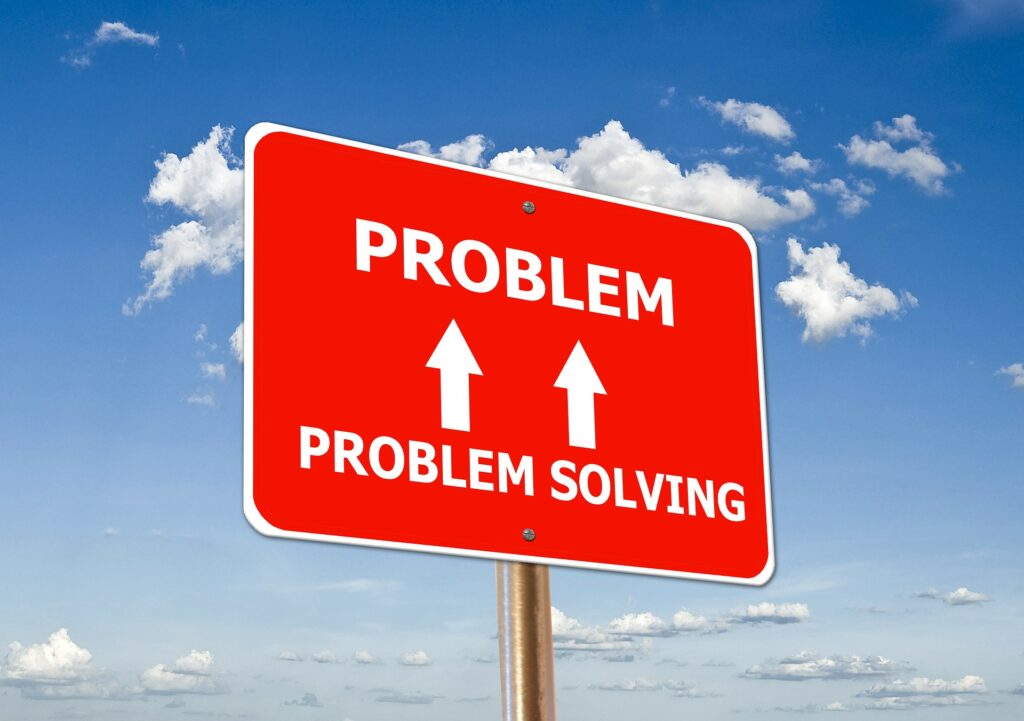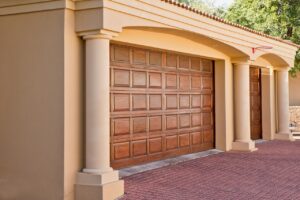Why Broken Garage Door Springs Can Be Dangerous
Springs aid in the smooth and easy operation of a garage door. A broken or failed garage door spring is a serious safety hazard. On average, a spring is built to last seven to nine years or 10,000 cycles if it operates at four cycles a day. You can find high-cycle springs in the market that can last for 18,000 to 25,000 cycles. A garage door is a heavy accessory, and the springs remain under constant pressure whenever it operates. If the spring fails or breaks suddenly, it causes the door to come slamming down and can lead to severe injury to anyone standing near it.
Why do garage door springs fail?
Wear and tear due to constant winding and unwinding is the most common reason garage door springs fail. Once it reaches the end of its life cycle, there is a grave danger of it coming apart. Springs can also fail due to rust and corrosion (except for galvanized springs) that cause the metal to deteriorate over time. It is mostly attributed to a lack of maintenance by the homeowner. Lubricating the springs every 3-4 months can solve this issue.
Torsion and extension springs are the two types of garage door springs, and both of them are dependent on tension for smooth operation. Most modern garage doors use a torsion spring system as it is considered sturdier, more durable, and safer than extension springs.
For garage doors using a two-spring system, there will be added pressure on the remaining spring if one breaks. Due to this added pressure, there are increased chances that it will also eventually break down, causing catastrophic failure of the whole system.
Who should replace a broken spring?
With so many resources at our disposal due to the internet revolution, many homeowners might attempt DIY spring replacement. But it can be dangerous for untrained people to carry out repairs as it has caused severe injuries to homeowners in the past. A broken garage door spring repair and replacement is a task that should strictly be undertaken by a garage door expert. They are suitably trained and have the experience to perform the job effectively and efficiently and carry the right tools with them. Many are not aware of the complexities of a garage door’s operation and can do more harm than good, so it is a task better left to the experts.
What if a spring breaks?
When you suspect a spring failure, it is best to leave the garage door closed and call a garage door technician for emergency repairs.
Ways to prevent sudden spring failure
Here are a few tips to protect garage door spring from damage:
-
Perform regular visual checks for signs of wear and tear that may cause spring failure
-
Install safety guard wire
-
Consider converting to a torsion spring system
-
Ensure regular upkeep by a professional and get the springs replaced by them, when required
-
Routinely lubricate the springs
Broken garage door springs can be hazardous. If you suspect the springs are old, broken, or damaged, contact a licensed garage door technician for spring repair and replacement service.


